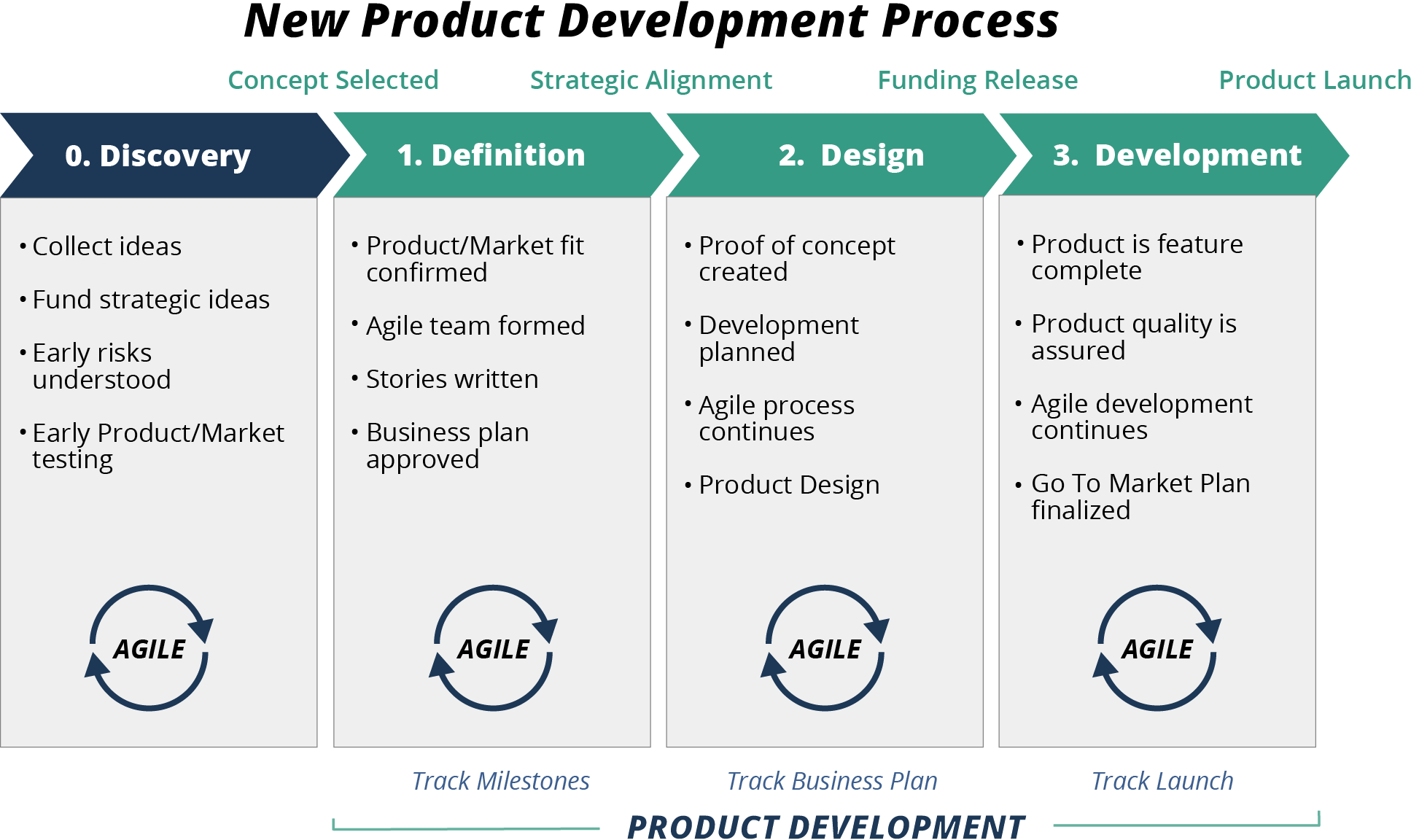Past the Chinese manufacturing prowess: Examining Options to Chinese Production

Recently, global supply chains have faced unprecedented challenges, prompting companies to evaluate their reliance on Chinese manufacturing. As geopolitical tensions escalate, labor costs vary, and concerns over IP rights mount, businesses are increasingly exploring alternatives. The move away from China is more than a response to these challenges but an opportunity to explore new possibilities in product design and manufacturing.
Investigating alternatives to Chinese manufacturing allows companies to tap into multiple markets, gain advanced technologies, and participate in sustainable practices. Countries such as Thailand, Bangladesh, and Mexico are emerging as viable options, presenting competitive advantages free from the risks that have become more evident in recent years. By assessing move manufacturing out of china , businesses can not just reduce their reliance on a sole country but also enhance their strength in an ever-evolving global landscape.
Developing Manufacturing Centers
As companies reevaluate their dependence on China for manufacturing, several growing hubs are gaining popularity as feasible options. Countries such as Viet Nam, Bharat, and Mexican are becoming increasingly appealing due to their competitive wage expenses, improving facilities, and increasing expertise in designing products and production. These countries are simply providing financial benefits but also strategic sites for global supply chains, which can enhance delivery efficiency to main areas.
Vietnam stands out as a fast expanding manufacturing destination, with its government actively promoting foreign investment. The nation has established free trade agreements that have set it advantageously for companies seeking to broaden their production networks. Additionally, the native workforce is growing more proficient in innovative manufacturing techniques, making Vietnam a competitive contender for a diversity of industries, including electrical items and fabric.
Indian is also rising as a robust alternative, utilizing its extensive, youthful workforce and concentration on tech and novelty. With initiatives like "Make in India campaign," the government aims to improve production and attract international companies. Furthermore, the nation's wide-ranging engineering skills support complex product development and manufacturing processes, allowing firms to develop advanced products while preserving quality benchmarks. As these centers carry on to mature, they provide encouraging options for firms trying to expand their production footprint outside of China.
Innovative Product Design Strategies
As organizations seek to move manufacturing out of China, innovative product design strategies become crucial in maintaining efficiency and edge. Implementing modular design allows for simpler assembly and tailoring, which can significantly streamline the manufacturing process. By creating products that are broken down into interchangeable parts, companies can simplify logistics and minimize costs, leading to faster production cycles. This approach also enhances adaptability, enabling businesses to respond swiftly to market trends and customer needs.
Green design is an additional key strategy in this change. With rising consumer awareness regarding climate change and the impact of manufacturing on the ecosystem, integrating ecological considerations into product design can return significant long-term benefits. Using sustainable materials and minimizing waste during the design phase can not only attract eco-conscious buyers but also assist in meeting compliance standards in multiple regions. Businesses that prioritize sustainability are likely to improve their brand image while reaping the benefits of effectiveness in the manufacturing process.

Finally, harnessing advanced technologies such as 3D printing and digital prototyping can transform the design phase. These technologies enable fast iteration and testing, enabling designers to explore cutting-edge concepts without large upfront investments. 3D printing, in particular, can support localized production, reducing reliance on remote manufacturing hubs while allowing for rapid adaptations to design changes. By adopting these tools, businesses can accelerate product development timelines and maintain a leading position in an changing marketplace.
Eco-Friendliness in Innovative Production
The shift towards innovative manufacturing sites is not solely driven by financial factors but also a growing recognition of sustainability. As companies re-evaluate their supply chains, they are prioritizing eco-friendly practices that minimize harm to the environment. By relocating manufacturing to nations with stricter environmental regulations, businesses can manufacture goods in a manner that lowers carbon footprints, saves resources, and cuts down on excess. This conscious move aligns with global market demand for sustainable products, fostering a market for eco-friendly options.
Additionally, investing in local manufacturing contributes to sustainability by reducing emissions from transport. Being close to market not only shortens the logistics but also significantly decreases the carbon footprint associated with shipping goods across extended areas. Countries such as Vietnamese, India, and Mexican are growing as feasible alternatives to China, offering chances to create products that satisfy to regional markets while encouraging sustainable practices, such as using renewable energy sources and sustainable materials.
Finally, the move towards alternative manufacturing can spur innovation in product design. Emphasizing sustainability encourages manufacturers to rethink their methods to product life cycles, often resulting in the creation of modular designs that are easier to repair and recycle. This not only extends the lifespan of products but also fosters a circular economy. As firms embed sustainability into their fundamental business plans, they place themselves at the forefront of a transforming global market that values responsible production, ultimately benefiting the environment and enhancing brand loyalty among increasingly eco-conscious consumers.
